Are Oreos Halal? The Truth Behind Ingredients and Certification
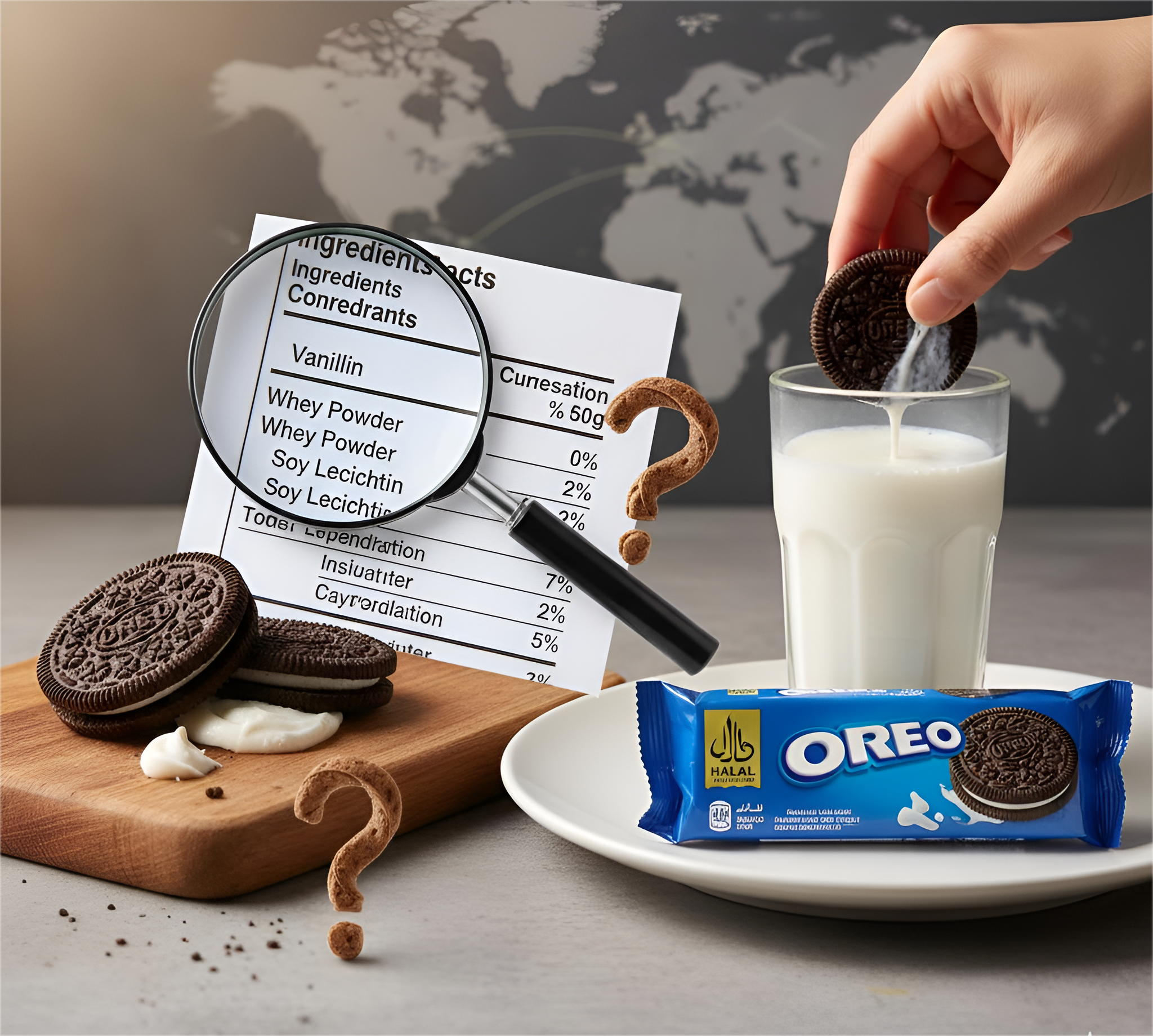
The Creamy Conundrum: A Dive into the Halal Status of Oreos
It is a symbol of contemporary confectionery, a beautifully crafted circle of black chocolate wafer and sugary white creme. Since its initial release in 1912, the Oreo cookie has taken over the world, a standard presence in lunchboxes, a complement to milk, and a component of infinite desserts. For the majority of consumers, the only thing an Oreo seems to ask is whether to “twist, lick, and dunk.” But for more than 1.8 billion Muslims around the globe, the question is much deeper and elementary: Are Oreos Halal?
The solution to this apparently straightforward question is a multifaceted odyssey that moves through factory floors on various continents, navigates the intricacies of Islamic law, examines tiny details on food labels, and interprets carefully crafted corporate language. It’s a tale that unspools the knotty interplay among international food production, religious dietary codes, and the educated consumer choices of the contemporary Muslim. The verdict on an Oreo is not a universal yes or no; it depends entirely on where it was made, where it is being sold, and one’s personal level of religious observance.
This piece will take apart the Oreo cookie, analyzing its past, its contents, the official stance of its maker Mondelez International, the critical role played by regional differences and Halal certification, and the guiding principles a Muslim consumer can apply in order to navigate this creamy conundrum.
Understanding the Framework: What Makes a Food Halal”?
Before we can examine the cookie, we must know what it is being measured against. The Arabic term Halal (حلال) means “permissible.” As a term in Islamic dietary law, it means food and drink that are permissible for consumption by Muslims in accordance with the principles outlined in the Qur’an and the Sunnah (the practices and teachings of the Prophet Muhammad, peace be upon him).
The reverse of Halal is Haram (حرام), meaning “forbidden.” The main classes of Haram food products are listed in the Qur’an and are:
- Pork and pork by-products: This is the most famous prohibition. Any food product from a pig, for example, lard, gelatin, or some enzymes, is completely forbidden.
- Intoxicants and alcohol: The ingestion of intoxicating substances is forbidden. This includes ingredients incorporated into foods, making a rich controversy over minute traces of alcohol found in products such as vanilla extract.
- Blood: Drinking flowing blood is not allowed.
- Carrion: Meat of an animal that has died naturally, was ill, or was not slaughtered under Islamic customs.
- Meat of animals that are carnivorous and of some other definite animals.
- Animal sacrifice without mentioning the name of God (Allah).
Outside the absolute Halal and Haram categories is a very important third category called Mushbooh (مشبوه), meaning “doubtful” or “questionable.” An ingredient is deemed Mushbooh if its origin is unknown or whether it is permissible or not is doubtful. For instance, whey powder is a typical ingredient in processed foods, and it can be Halal if the enzymes utilized to make it are microbial or from a Halal-slaughtered animal, but if the enzymes come from a pig, it becomes Haram. Until the origin is determined, it is Mushbooh. Islamic teachings recommend that the believer shun doubtful affairs as an act of piety, according to the following hadith: “Leave that which causes you doubt for that which does not cause you doubt.”
It is in this context—the total prohibition of Haram ingredients and the careful avoidance of the Mushbooh—that we are left to position the Oreo cookie.
Deconstructing the Cookie: An Ingredient-by-Ingredient Analysis
To decide whether an Oreo is permissible, we need to look at its constituent elements. The formula for a traditional Oreo is straightforward, but food science adds complication.
A Brief History: The Lard Legacy
Among the chief historical reasons for suspicion of Oreos is their original formulation. For most decades following their development, Oreos contained lard (pork fat) as the shortening in the creme filling. For this time, Oreos were absolutely Haram. This all changed in the mid-1990s when Nabisco, as the health issues regarding animal fats grew, reformulated the cookie recipe to partially hydrogenated vegetable oil. Nowadays, lard is not used at all in the making of Oreos, and the typical fat source is a mix of vegetable oils such as palm, canola, or sunflower oil. Although this piece of history is significant for context, it does not indicate the makeup of today’s Oreo.
The Contemporary Oreo: Possible Areas of Concern
Now let’s take a look at what goes into a typical Oreo that’s made for the North American market: Unbleached Enriched Flour, Sugar, Palm and/or Canola Oil, Cocoa, High Fructose Corn Syrup, Leavening, Cornstarch, Salt, Soy Lecithin, Vanillin (a synthetic flavor), and Chocolate.
On the surface, this list seems to be vegetarian and Haram-free. The issue for a Muslim consumer is in the specifics and where these ingredients originate from, that being Mushbooh.
1. Vanilla Extract vs. Vanillin:
The “vanilla” taste is the main bone of contention.
- Natural Vanilla Extract: Natural vanilla extract is made by soaking vanilla beans in alcohol and water. Alcohol is used as a solvent that releases the flavor compounds. Although most of the alcohol will evaporate when baking, residual amounts can persist. This gives rise to a jurisprudential issue.
- According to one school of thought, any quantity of alcohol, irrespective of its usage or strength, makes a product Haram.
- More common is the majority view among Islamic scholars which holds that if the alcohol is not consumed as a drink but as an aid in processing, and the final product has a trace, non-intoxicating quantity (commonly referred to as less than 0.1%), it is acceptable. This follows the rationale of Istihlak (consumption/dissolution) or Istihala (transmutation), whereby the substance drops its initial characteristics.
- Vanillin (Artificial Flavor): The US-manufactured Oreo’s ingredient list frequently includes “Vanillin.” Vanillin is the chief chemical constituent of the vanilla pod but may be chemically manufactured from materials such as wood pulp or petrochemicals. Being an artificially produced compound, it does not contain alcohol in the same manner as natural extract, which makes it infinitely safer from a Halal standpoint. Most generic Oreos utilize vanillin, which assuages the alcohol issue.
2. Whey Powder:
Though not always found in the traditional Oreo, whey powder is found in most Oreo flavors, including chocolate creme, birthday cake flavors, and those covered with chocolate. Whey is a byproduct of cheesemaking. The issue with whey is the enzyme used to curdle the milk, called rennet.
- If the rennet is from a pig, the whey is Haram.
- If the rennet came from an animal not slaughtered in accordance with Islamic teachings, the whey is Haram to most scholars.
- If microbial (from bacteria or fungi), plant, or came from an animal Halal-slaughtered, the whey is Halal.
Whey is a typical Mushbooh product because the package hardly ever labels the type of rennet used. Without specific Halal certification, its status remains unknown.
3. Soy Lecithin:
Soy lecithin is an emulsifier and is soybean-derived, thus plant-based and Halal by nature. It does become separated in certain processing techniques using alcohol. Like with vanilla extract, the question of trace alcohol as a processing aid holds for this substance as well, although it is most commonly regarded by most scholars as within the bounds of acceptability.
4. Cross-Contamination:
Cross-contamination is a real issue in contemporary food production. An Oreo factory may employ the same lines to make other products that include Haram ingredients, like pork gelatin (used in marshmallows or other candies) or alchoholic flavorings. Even if the actual ingredients in Oreos themselves are Halal, exposure to Haram materials from shared equipment may make the resulting product non-acceptable for a consumer who is meticulous about cross-contamination avoidance. This is one of the main concerns that Halal certification will target, as it entails auditing the entire production process, such as cleaning procedures (ritual cleansing, or sertu+, in certain standards).
The Official Position: What Mondelez International Says
The producing company, Mondelez, has been extremely uniform in its official announcements, especially in Western economies. In a popularly shared tweet from its official Oreo handle in 2019, the company said:
“OREO cookies are not halal.”
This declaration generated a broad-based mix-up and confusion. It is, however, to be carefully read. A clarification issued by the company made their stand clearer. When they declare Oreos as “not Halal,” they are declaring them as “not Halal-certified.”
This is an important differentiation. To be properly labeled and sold as Halal, a firm must go through a lengthy and frequently expensive certification process with an accepted Islamic body. This includes supply chain auditing, factory inspections, ingredient analysis, and strict measures to avoid contamination.
Mondelez has not sought this certification for its product which is marketed in countries such as the United States and Canada. Their assertion is a legal and administrative one, and not a religious one. They are not stating, “Our product contains pork.” They are stating, “We have not hired a third party to formally verify and certify our product as Halal.”
Thus, the ingredients may be acceptable in and of themselves (“Halal by ingredient”), but the product itself does not have the institutional guarantee that goes with certification.
The Global Picture: Why the Oreo in Your Hand Matters
The Halal nature of an Oreo is not a worldwide constant; it is hyperlocal. The cookie that you purchase in Karachi is different from the cookie that you purchase in Chicago. Mondelez has factories all over the world and makes its products conform to local laws and customer demand.
1. North America (USA & Canada):
Oreos produced and sold locally are not Halal-approved. Ingredients tend to be vegetarian in nature, but issues of vanillin, possible cross-contamination, and whey in flavor varieties persist. For Muslims in this area, eating Oreos is a personal discretion.
- Individuals who are at ease with the concept of “innocent until proven guilty” and are contented with seeing the list of ingredients can eat them.
- Those who are inclined to eschew all questionable (Mushbooh) foods will probably avoid them based on the lack of certification.
2. Europe & The United Kingdom:
Here again, the scenario is quite the same. Mondelez UK has also confirmed that their products, including Oreos, are not certified Halal. Although the list of ingredients might seem permissible, the absence of certification and cross-contamination possibilities create the same dilemma of consumer choice.
3. Muslim-Majority Countries (Middle East, Indonesia, Malaysia, Pakistan):
This is where the response takes a dramatic turn. In countries where there is a huge Muslim population and a growing consumer demand for Halal-products, Mondelez makes sure its Oreos live up to local specifications.
- Indonesia & Malaysia: Oreos manufactured and sold within these regions are Halal certified. For instance, Oreos manufactured in the Mondelez plant in Cikarang, Indonesia, are certified by the Indonesian Ulema Council (MUI), which is one of the world’s most highly regarded Halal certifying agencies. The same applies to Oreos in Malaysia, which are certified by JAKIM. The packaging within these regions will display a clear and recognizable Halal logo.
- Middle East (GCC Countries): Oreos being imported into or produced for the Gulf Cooperation Council (GCC) market need to be Halal. They are licensed by reputable agencies and labeled as such. The recipe can even be subtly changed to ensure that all ingredients, including the source of whey or flavorings, are 100% compliant.
- Pakistan: Oreos sold in Pakistan, whether locally manufactured or imported specifically for the Pakistani market, are also marketed as Halal-approved products. The product packaging will normally carry an indication of Halal certification from a reputable national or international authority, guaranteeing consumers that they are permissible.
The most important lesson is this: The packaging is your guide. The appearance of a reliable Halal logo from a well-known authority is the absolute indicator that the product has been screened and is safe for consumption.
The Consumer’s Role: Navigating the Choice with Knowledge and Conscience
Given this complex landscape, how should a Muslim consumer proceed? The decision ultimately rests on individual conscience, knowledge, and level of precaution. There are two primary approaches one can take when faced with a non-certified Oreo in a Western country:
Approach 1: The Ingredient-Based Assessment
This approach involves a careful reading of the label. A consumer might reason as follows:
- The cookie is vegetarian.
- It does not contain lard.
- The taste is artificial vanillin, which circumvents the alcohol problem.
- The traditional version does not include whey.
- From the visible ingredients, it appears acceptable, and I will have faith in that.
This is a good strategy for most who feel that things should not be made more complicated than necessary and work under the presumption that things are acceptable unless shown otherwise.
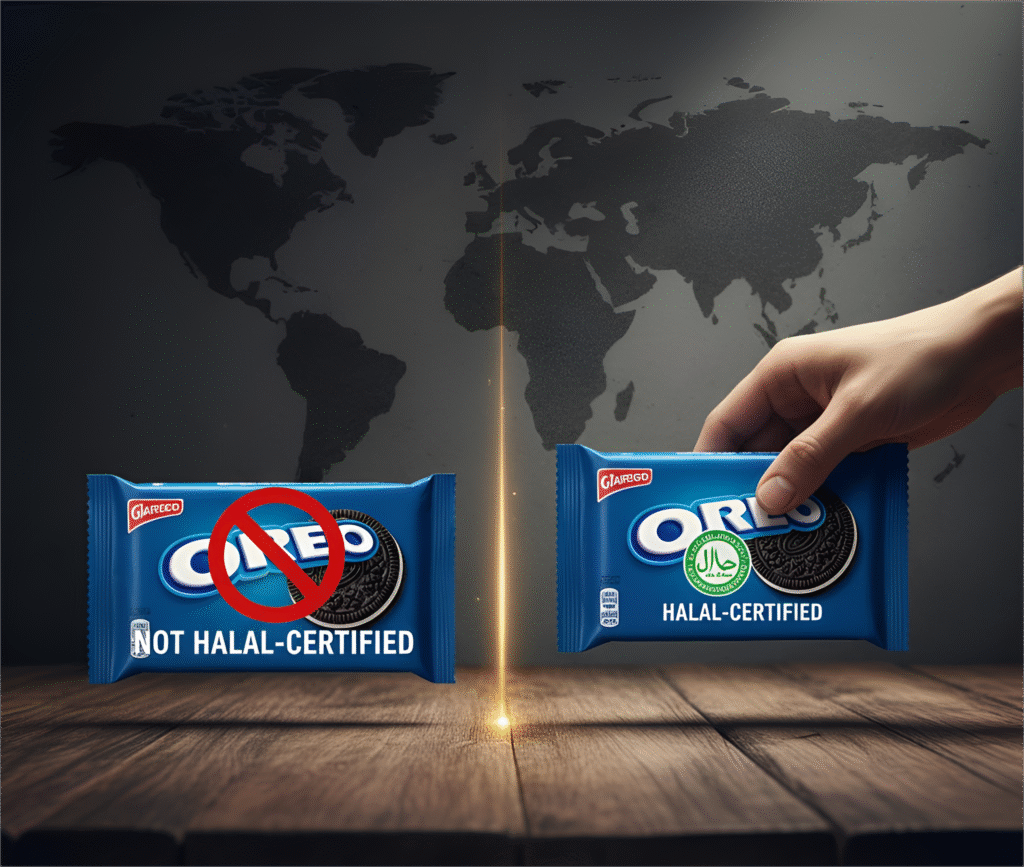
Approach 2: The Precautionary Principle (Avoiding Mushbooh)
This is an approach to giving precedence to avoiding doubt. This consumer would think as follows:
- The company itself makes a point to say that it is not Halal-certified.
- I cannot have 100% confidence regarding the origin of all flavorings or cross-contamination risk.
- Since there is doubt, and Islam advocates leaving doubtful things, I will stay away from this product and pick one that is clearly certified.
This is also an equally acceptable and devout strategy, based on a motivation of spiritual cleanliness and utter faithfulness in one’s eating. Neither strategy is categorically “more right” than the other; they are merely manifesting different degrees of prudence within the acceptable range of Islamic jurisprudence.
Conclusion: A Cookie of Two Worlds
So, are Oreos Halal? The categorical answer is: It depends on which Oreo you are holding.
If the product in your hand bears an authentic Halal certification mark of a known organization (such as those on sale in Malaysia, Indonesia, Pakistan, or the Middle East), then the answer is an unequivocal yes. Such products have been specially designed and verified to be acceptable for Muslim use.
If the package lacks a Halal certification mark (such as those usually available in the US, Canada, or the UK), the reply is it is Mushbooh (doubtful). Although the ingredients of the original cookie are mostly free from overt Haram materials, the absence of third-party assurance concerning the means of processing aids, flavor origins, and cross-contamination introduces an element of doubt.
The Oreo cookie is an ideal case study for today’s Muslim consumer. It illustrates the difficulty of working through a globalized food system in which supply chains are unseeable and corporate messaging is bounded by legal constraint. It shows us the value of reading labels, knowing the subtleties behind ingredients, and appreciating the enormous worth of the Halal certification system.
Finally, the decision to eat a non-certified Oreo is a personal choice based on one’s information, conscience, and relationship with God. Whether you twist, lick, and dunk, or decide on a certified counterpart, the path to that action is an exercise of faith and appropriate consumption in the 21st century.
For more like this : Hilalinfohub
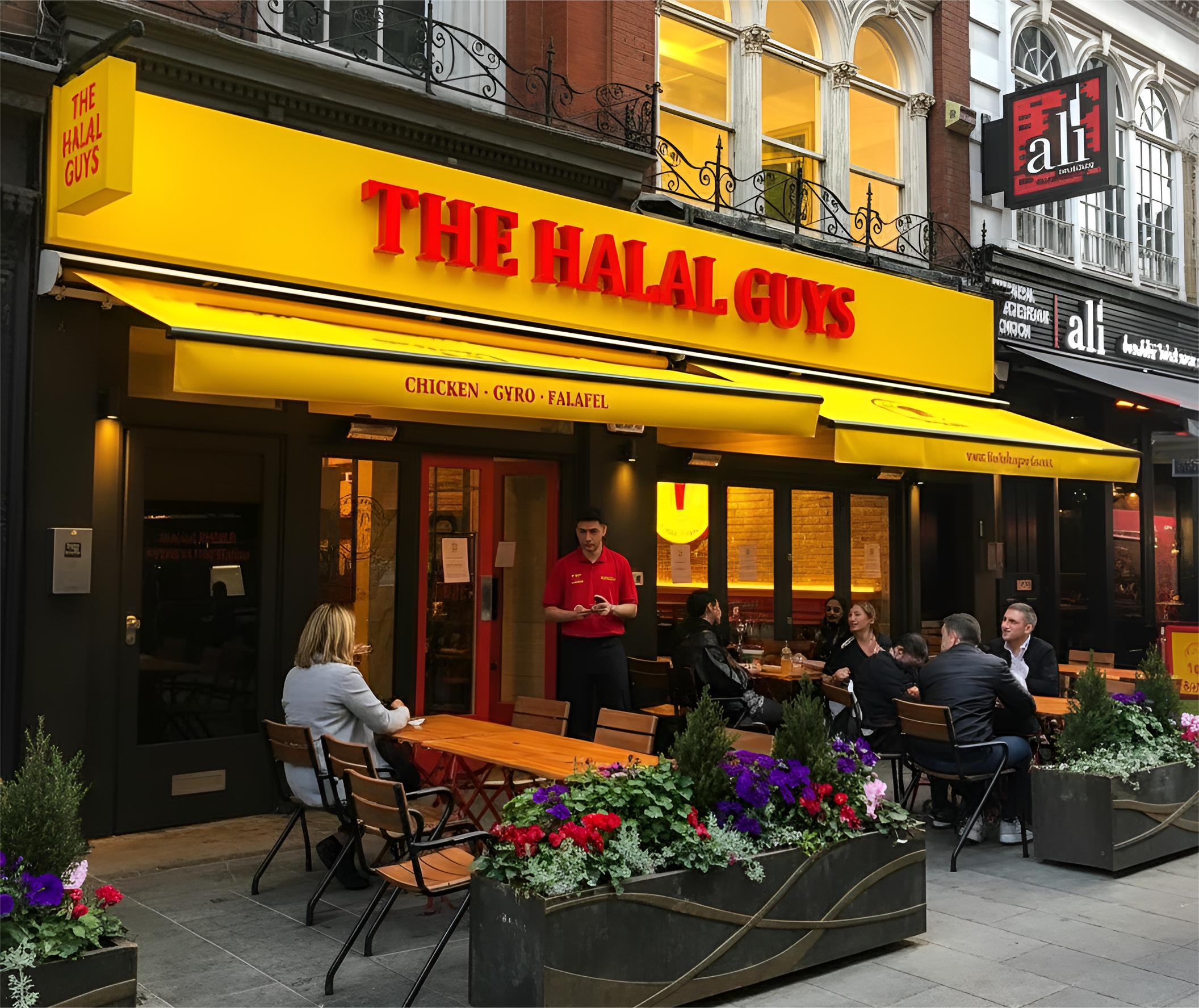
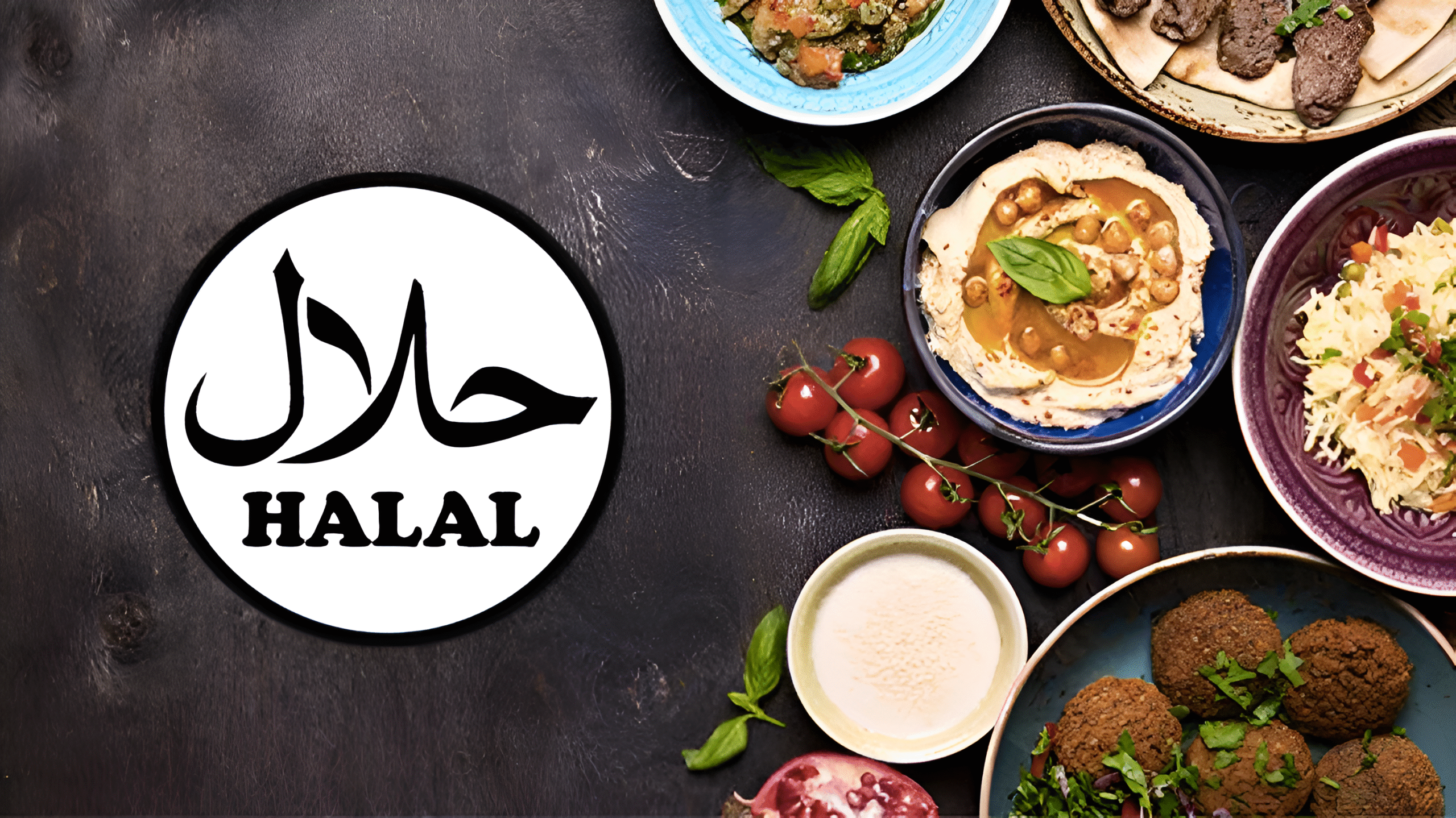
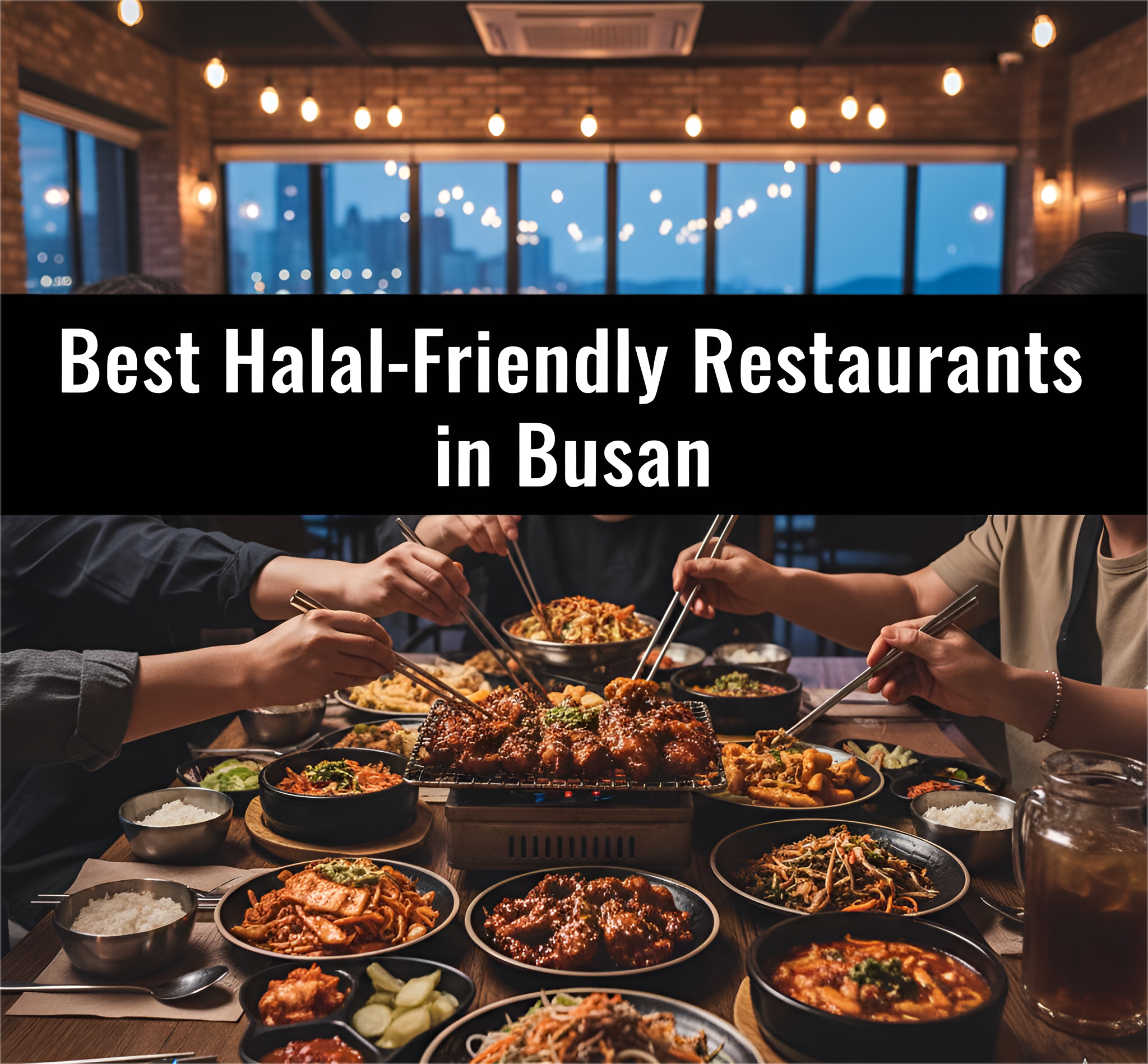
Post Comment